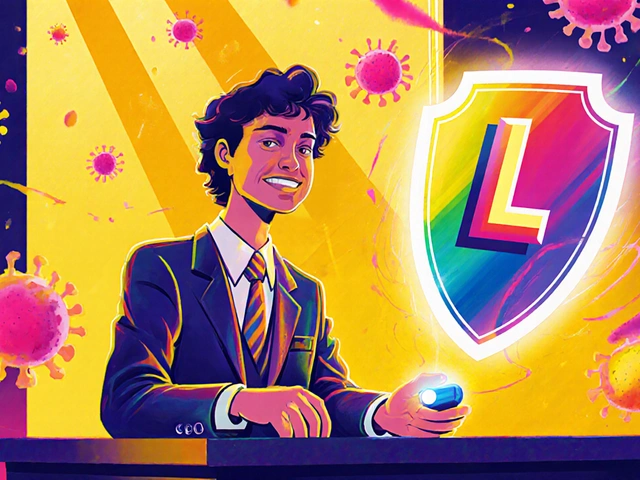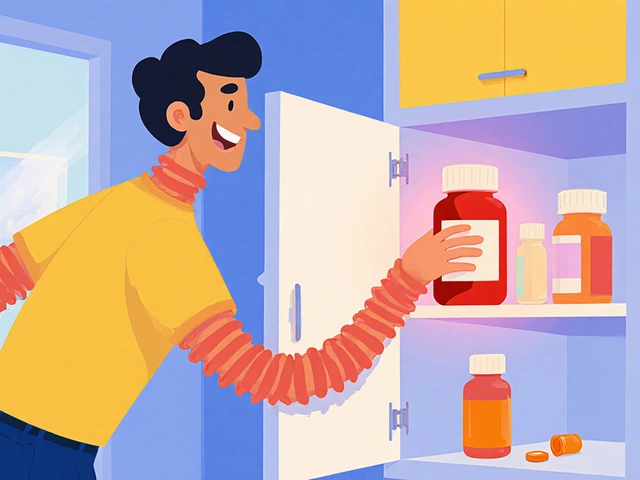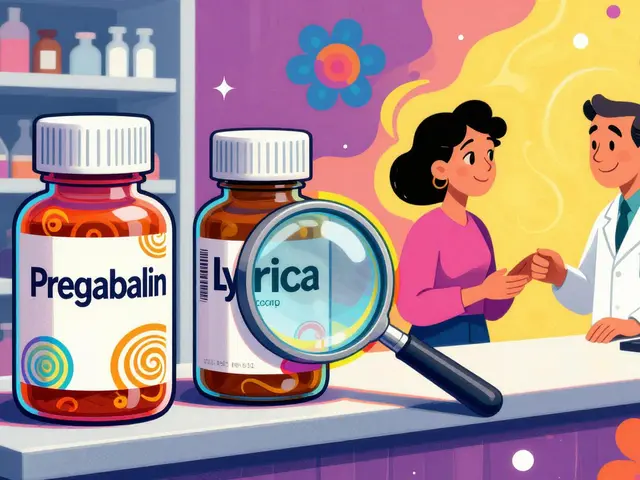Phosphate Binder Drug Interactions: Practical Tips for Safer Use
If you have chronic kidney disease, you probably take a phosphate binder to keep blood phosphorus down. Those pills work, but they can also bump into other medicines you’re on. Knowing which drugs clash, why they clash, and what to do about it can keep your treatment on track and avoid nasty side effects.
Common Medications That Affect Phosphate Binders
Many patients share their binder with a dozen other prescriptions. Here are the big ones that tend to cause trouble:
- Iron supplements – Calcium‑based binders (like calcium acetate) can bind to iron tablets, cutting the iron you absorb. Take iron at least two hours before or after the binder.
- Antacids – Over‑the‑counter antacids contain calcium or magnesium, which can add extra binder load and raise calcium levels too high. Space them out by at least an hour.
- Vitamin D analogs – Active vitamin D helps your body use calcium, so combining it with calcium binders may push calcium into the blood. Your doctor may need to lower the vitamin D dose.
- Sevelamer (Renvela) and Lanthanum (Fosrenol) – These are non‑calcium binders, but they can stick to certain antibiotics like ciprofloxacin, making the antibiotic less effective. Separate doses by at least two hours.
- Cholesterol meds (statins) – Some statins are taken with food, and food can reduce the binder’s ability to capture phosphate. Timing matters more for the binder than the statin, so take the statin with a light snack, not a big meal.
Every drug interaction is a little puzzle. The safest move is to keep a medication list, note the time you take each, and talk to your pharmacist when you add a new prescription.
How to Manage Timing and Dosing
The easiest way to avoid most interactions is timing. Most binders work best when taken with meals because food provides the phosphate they need to bind. Here’s a simple schedule you can adapt:
- Morning meal – Take your binder with the first bite.
- Two hours later – Take any iron, vitamin D, or antibiotics that might stick to the binder.
- Mid‑day snack – If you need an antacid, have it now, away from the binder.
- Evening meal – Another dose of binder with dinner.
- Before bedtime – If you’re on a night‑time medication that doesn’t need food, give it at least an hour after the last binder dose.
Adjust the plan if you’re on a once‑daily binder. Some doctors recommend a single dose with the largest meal of the day and separate any interacting drug by a few hours.
Don’t guess on your own. Ask your kidney specialist or pharmacist to confirm the timing for each drug. They can also check lab results – high calcium or low iron might signal an interaction you missed.
Besides timing, watch for symptoms that hint at a clash. Feeling unusually tired, having muscle cramps, or seeing new bone pain can mean calcium or phosphorus is out of balance. If you notice any of these, call your care team right away.
Bottom line: phosphate binders are life‑saving, but they need a little choreography with the rest of your meds. Keep a written schedule, separate conflicting drugs by a few hours, and stay in touch with your healthcare providers. With these simple steps, you’ll get the most out of your binder while avoiding unwanted side effects.
Calcium Acetate Drug Interactions: In‑Depth Review & Practical Guide
A comprehensive look at calcium acetate drug interactions, comparing it to other phosphate binders, with clear management tips and a handy FAQ.






